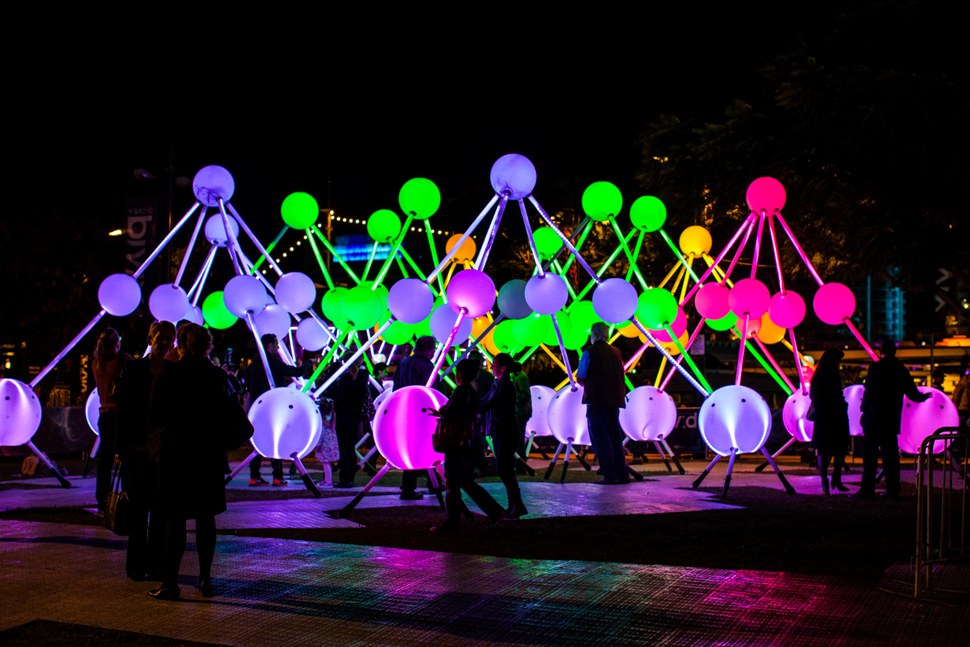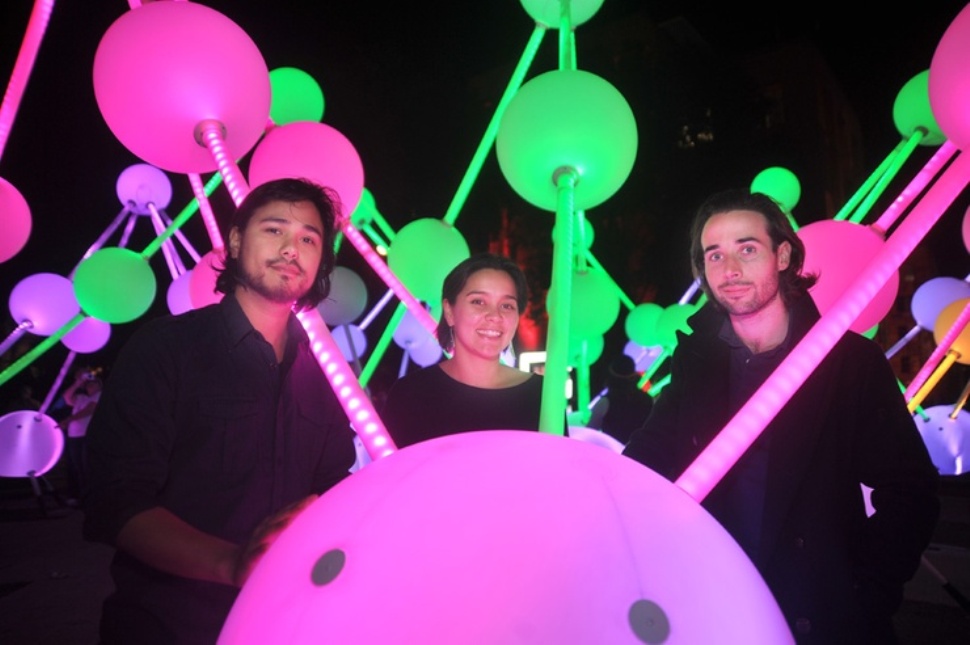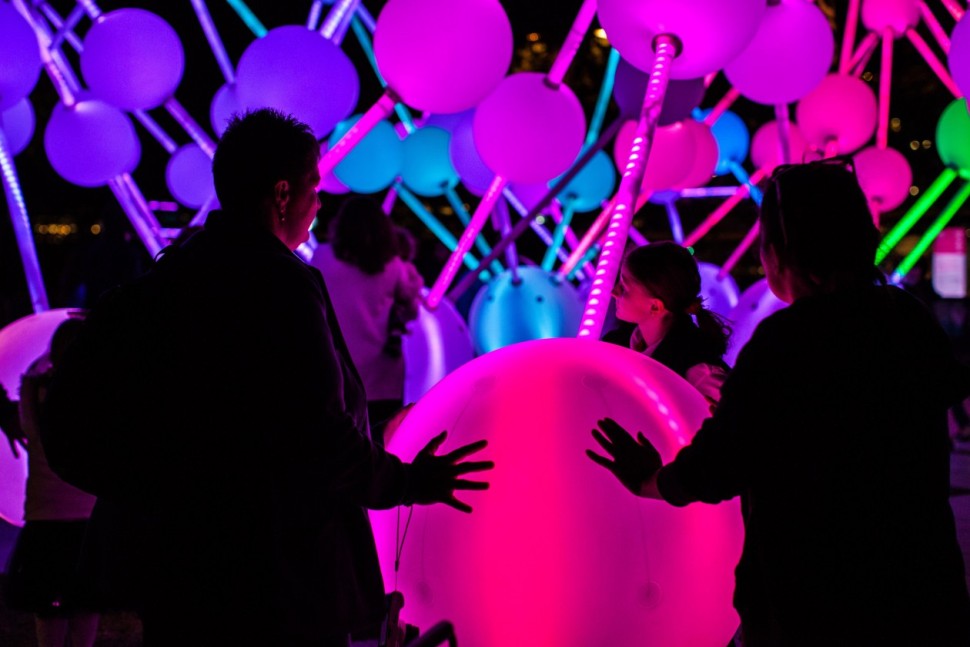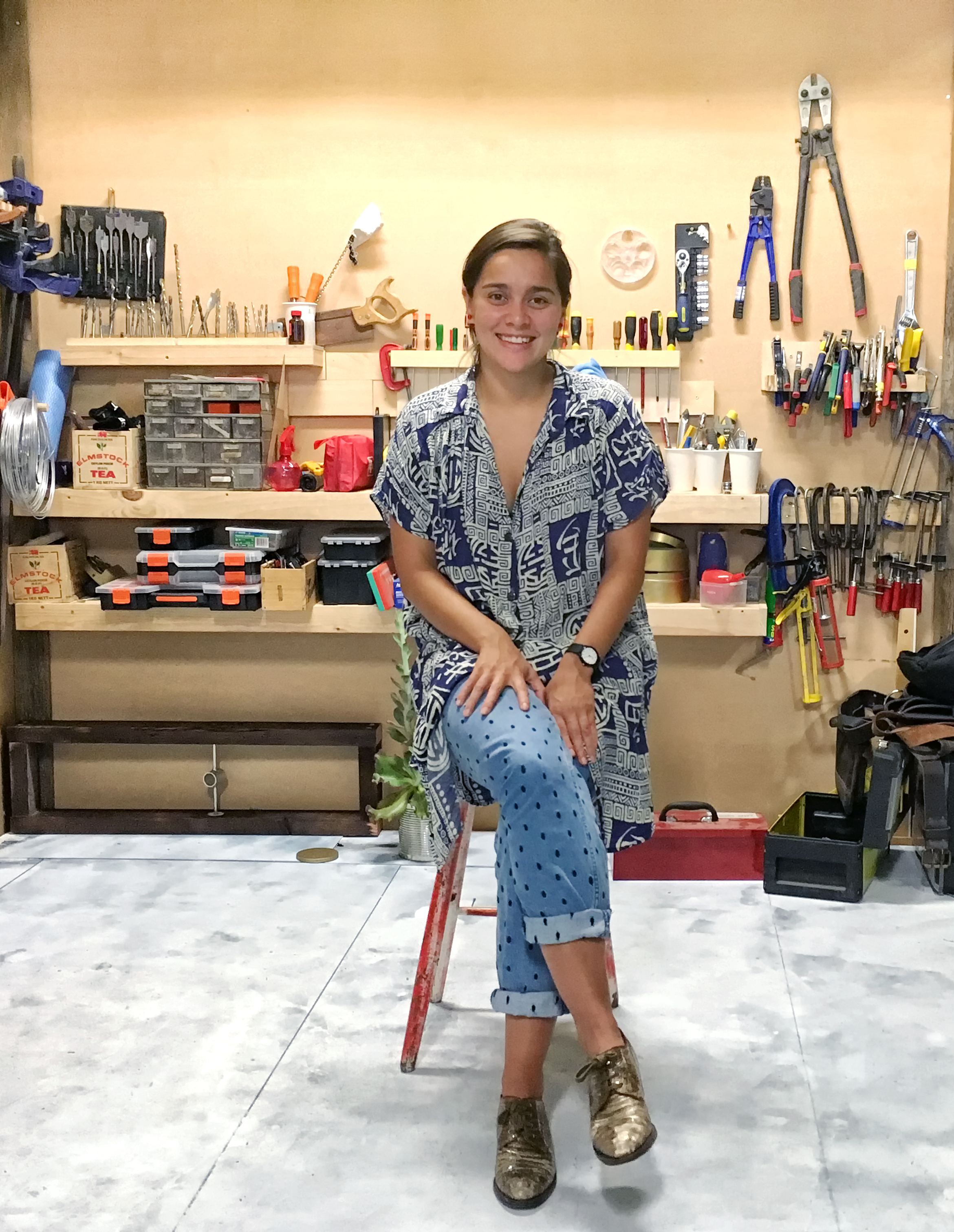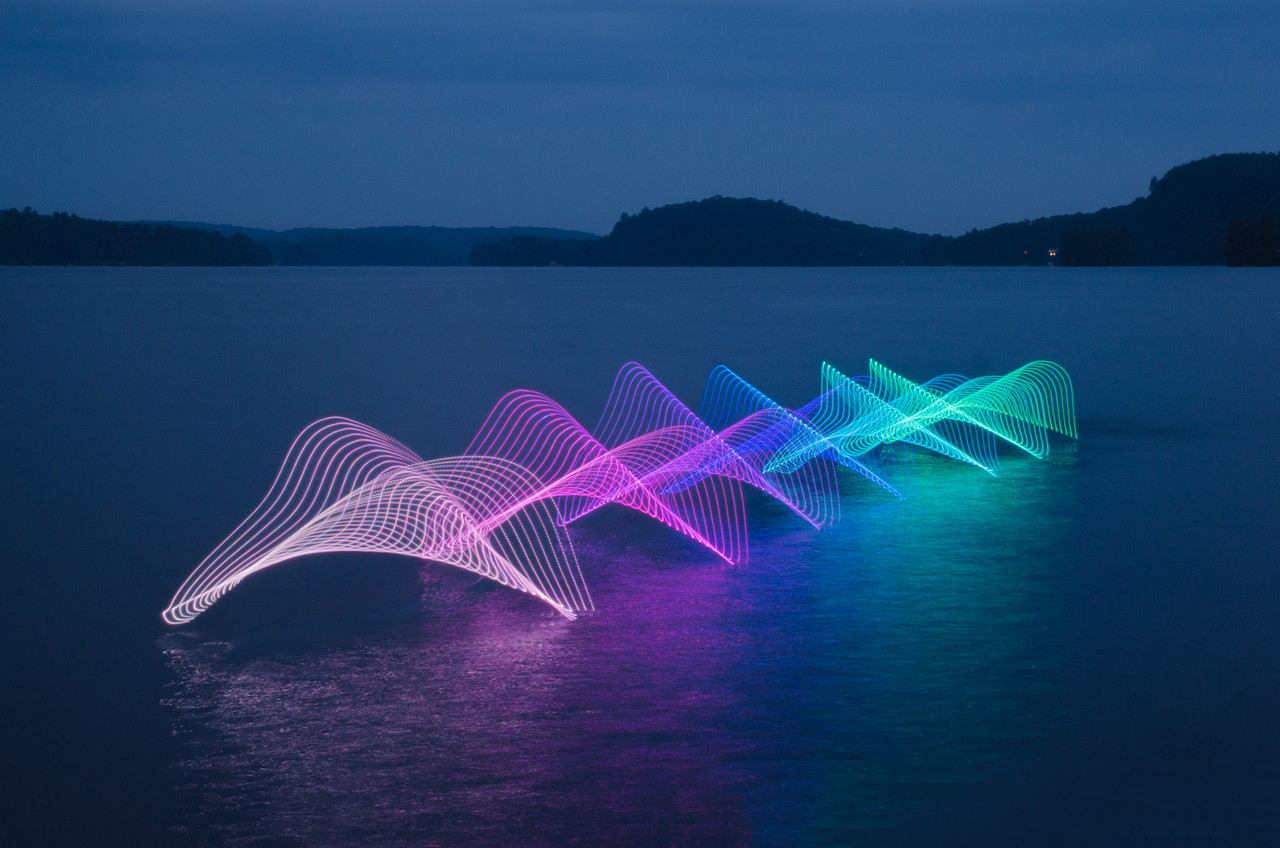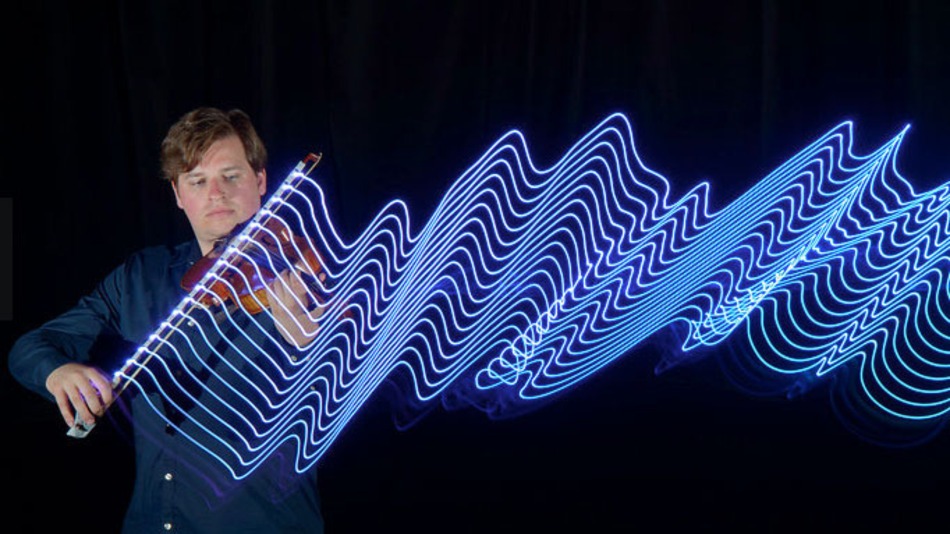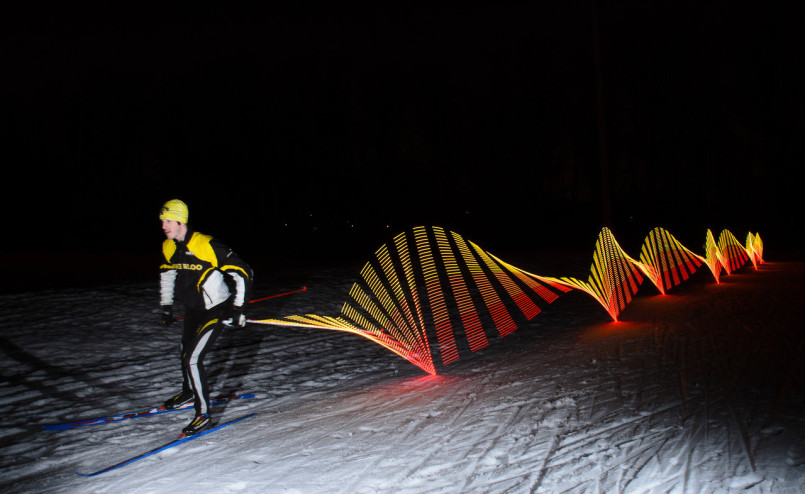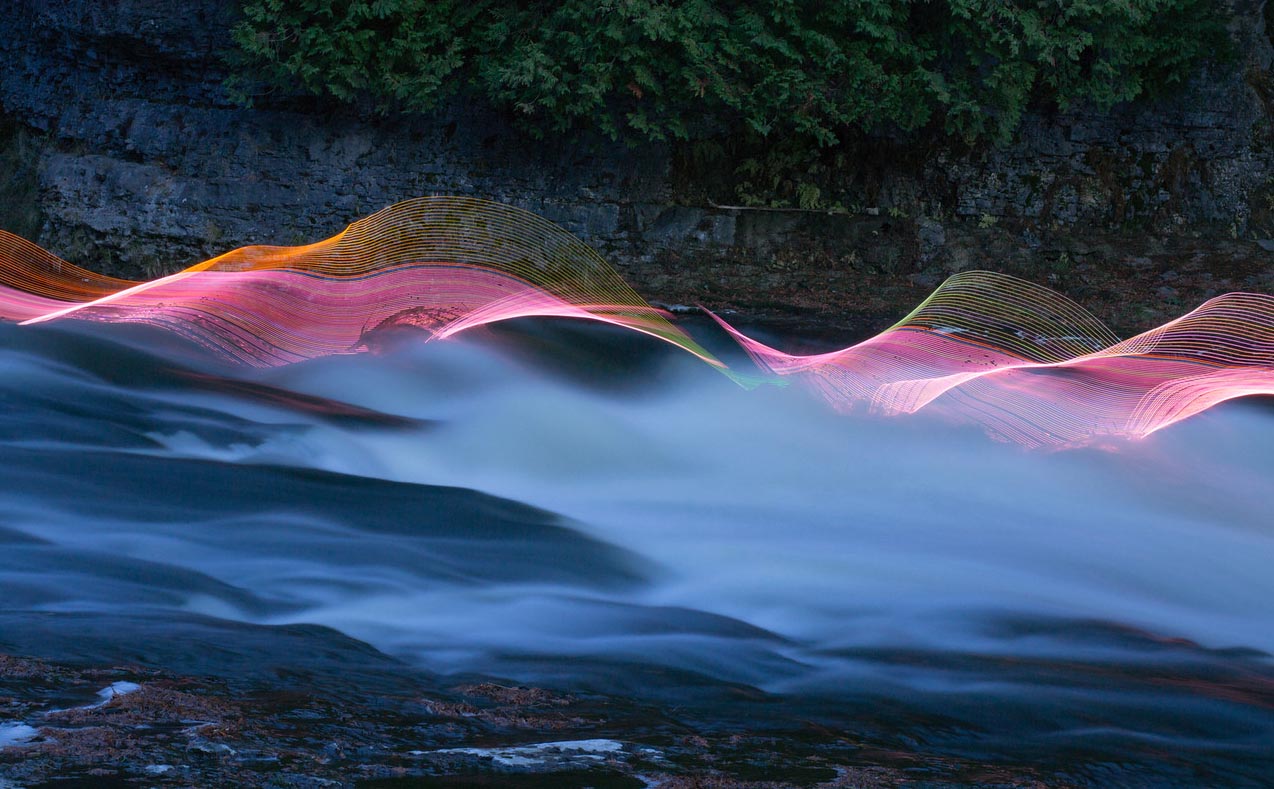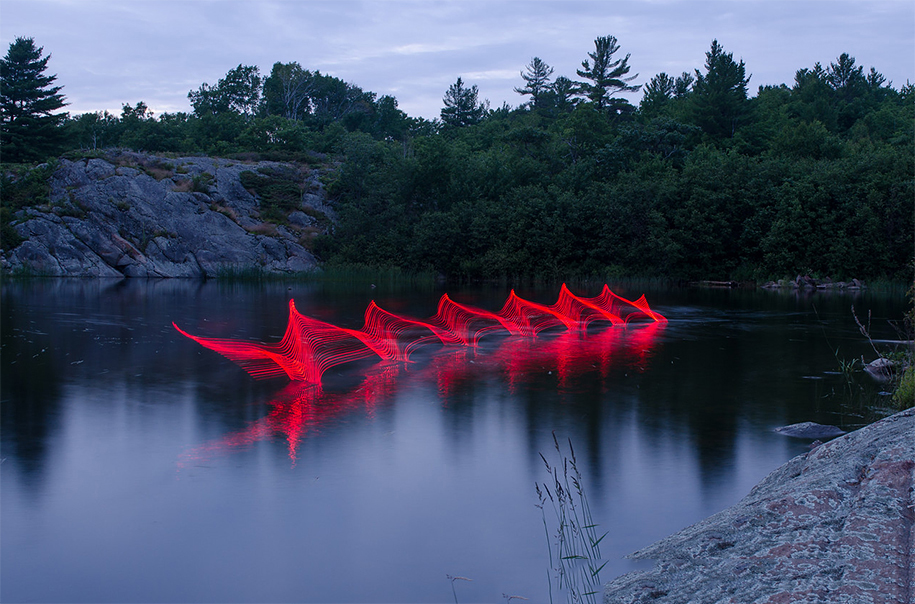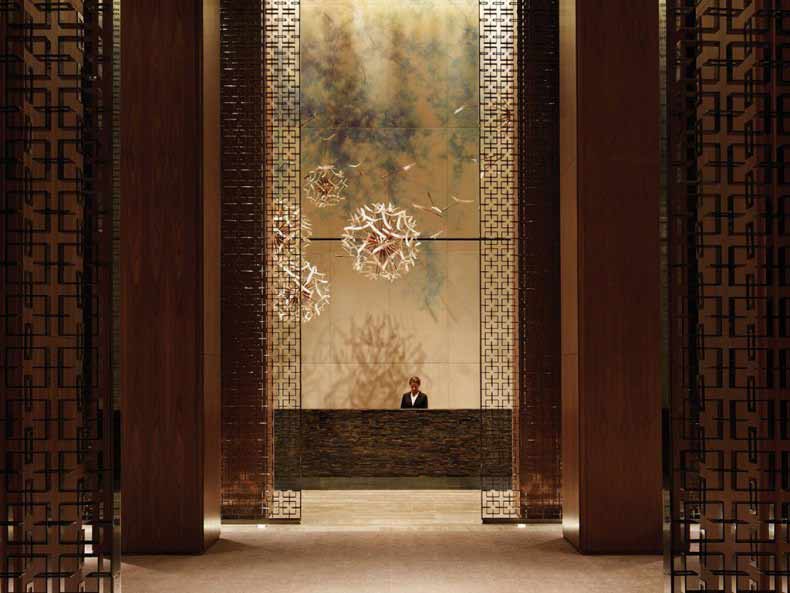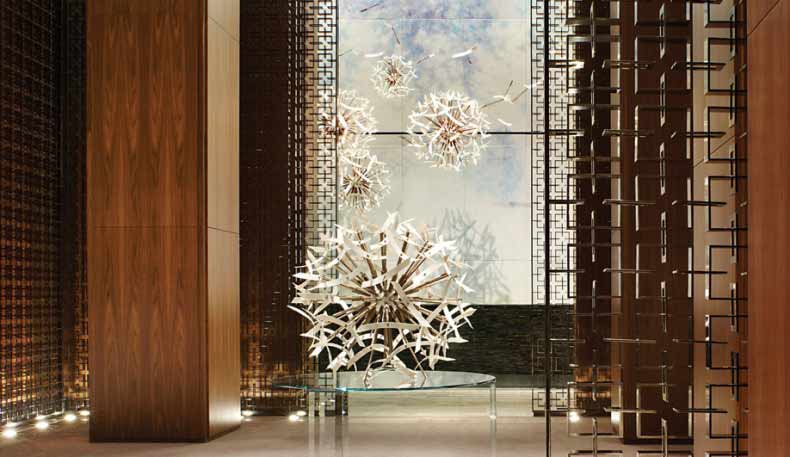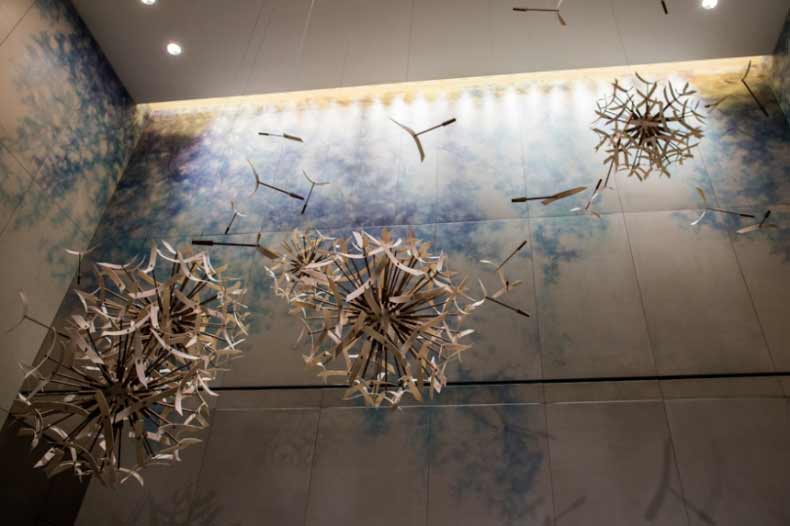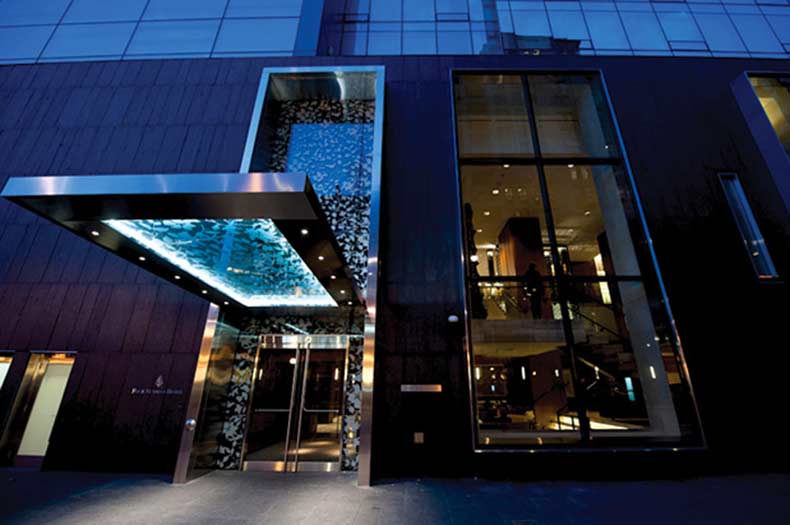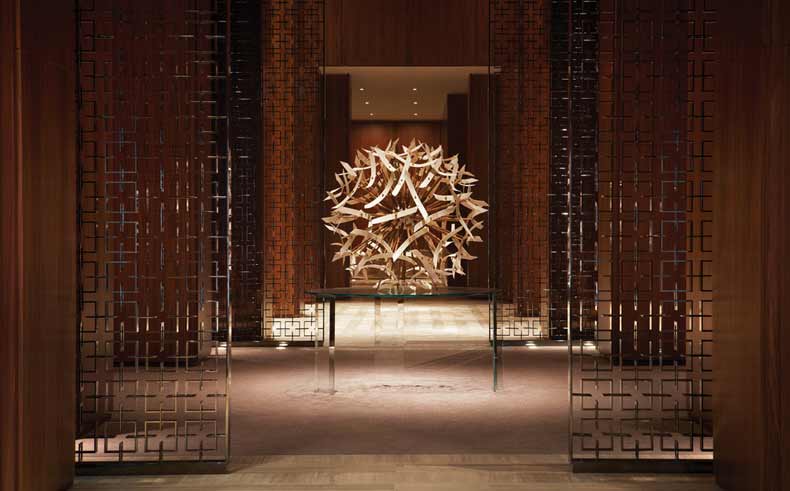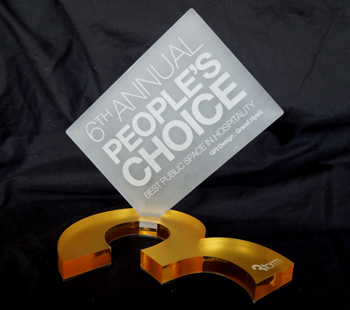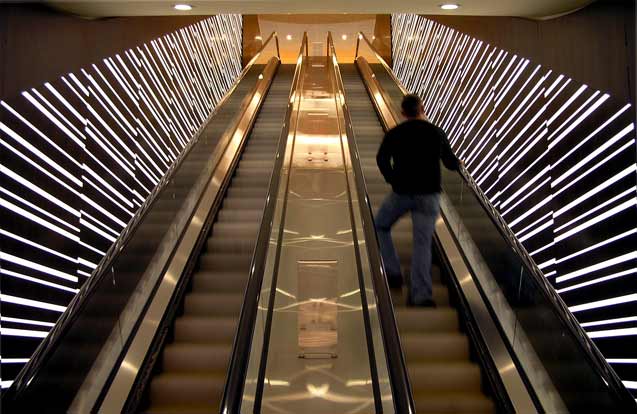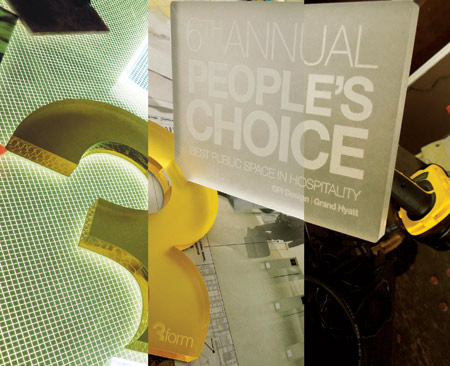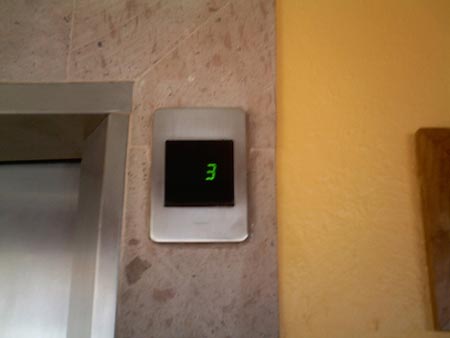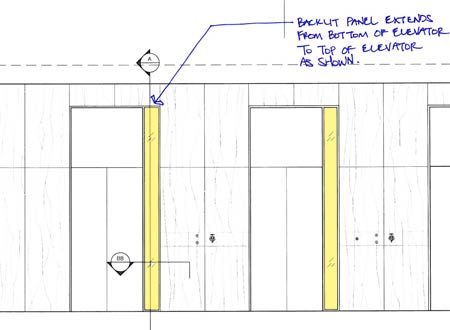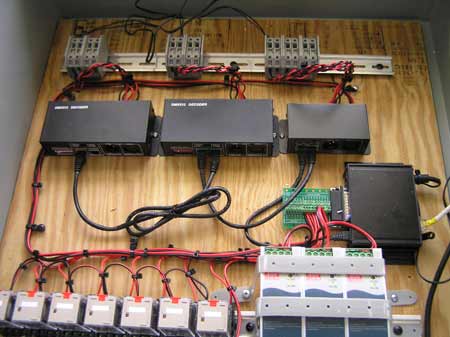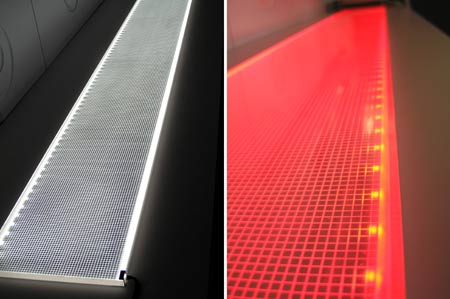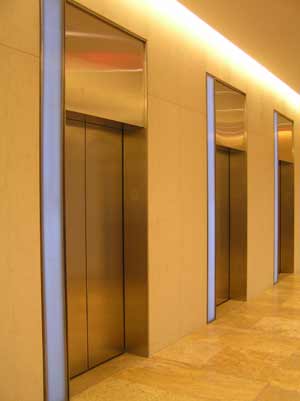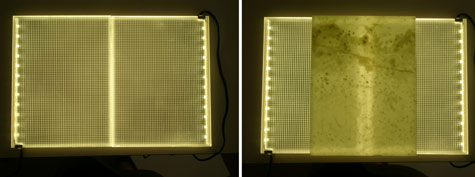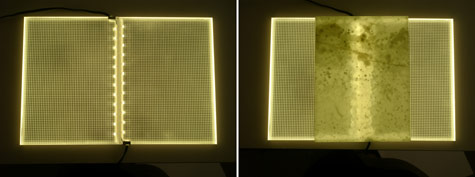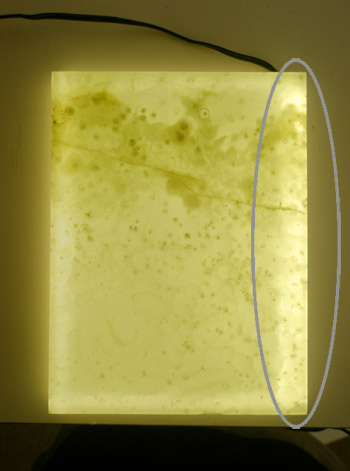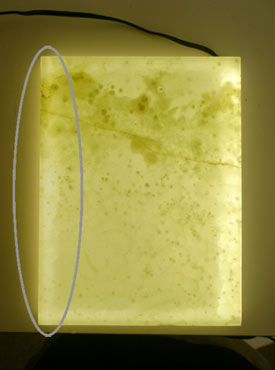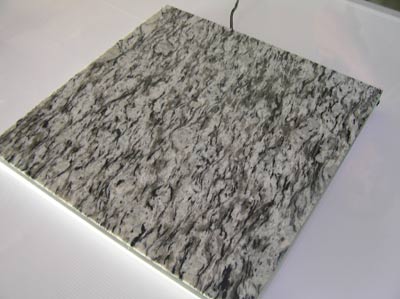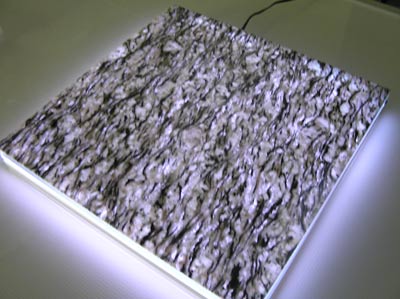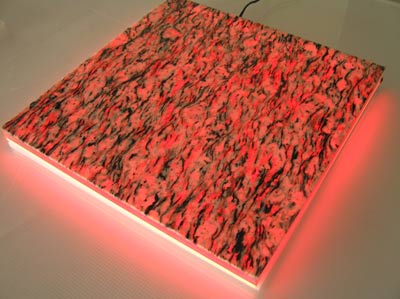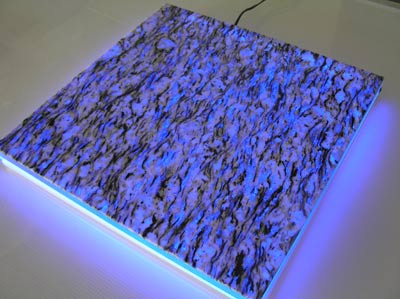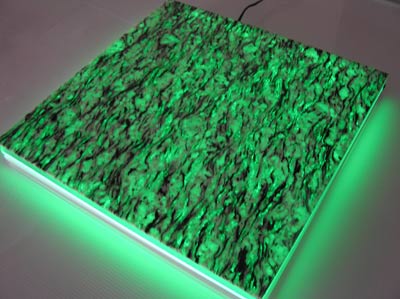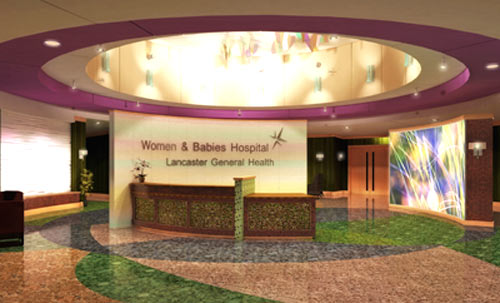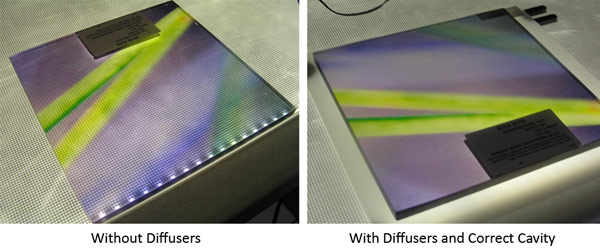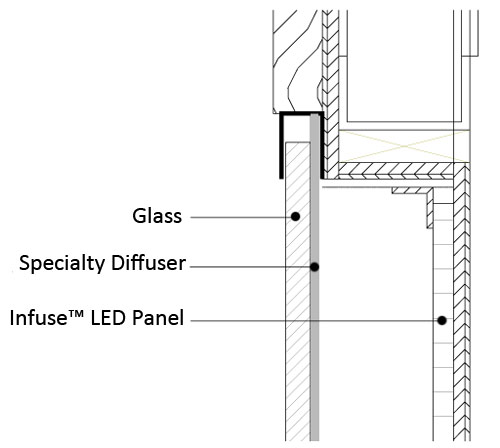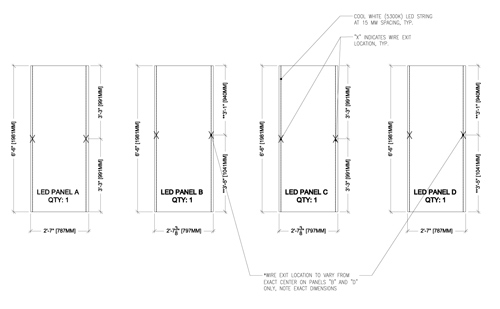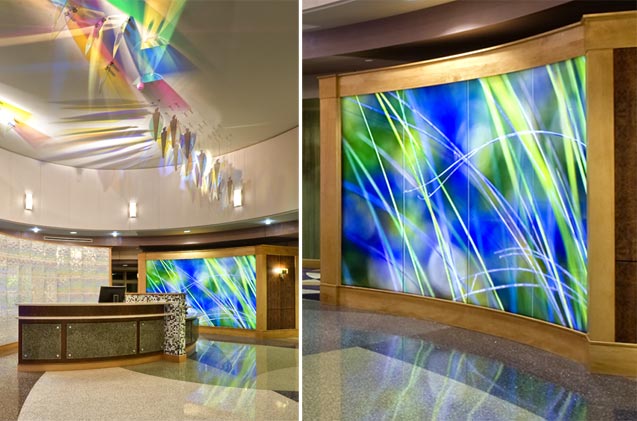Meet the Makers: Media Designer Miguel Chevalier
Comments Off on Meet the Makers: Media Designer Miguel ChevalierIn this Meet the Makers blog series, we will feature an artist that, quite simply, makes something. Drawing inspiration from custom works handcrafted in various media, we travel beyond the pieces by diving into the minds of the creative makers themselves.
Today for our last blog of the series, we feature our interview with Miguel Chevalier, the creative designer of Voutes Celestes 2016 and many other avant garde projects. Miguel utilizes different media techniques to craft still or animated 2D imaging in a way to present his work. These projects are displayed in many impactful spaces all around the world, and he creates these works out of his studio in Paris, France.
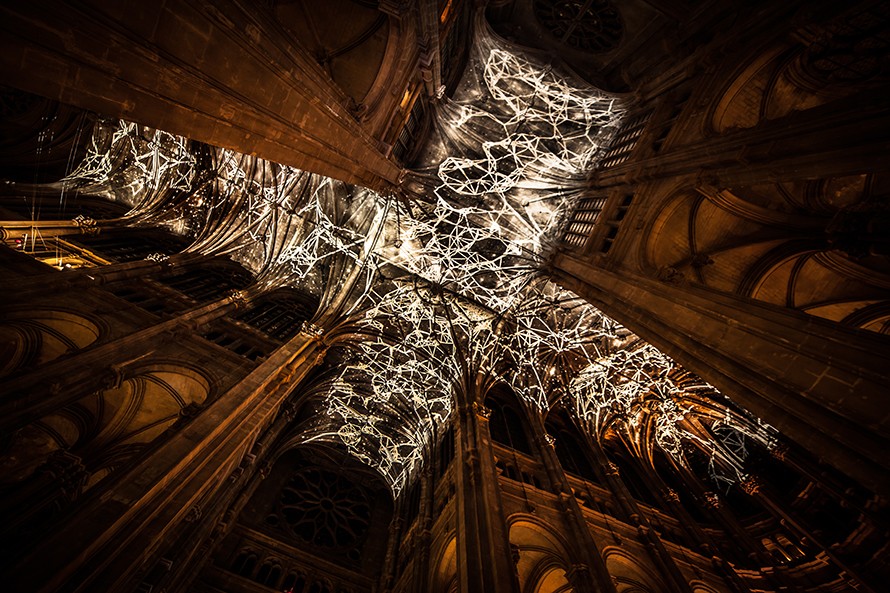
GPI Design: What (3) words best describe your work?
Miguel Chevalier: Virtual – Generativity – Immersivity
GPI: What compels you to create with this particular medium?
Chevalier: My feeling was that the avant-garde had explored all of the possible fields of graphic representation in the world of painting at the end of seventies, and for a young artist in his early twenties, creating a new pictorial approach with oils was very difficult, without repeating what other artists have already created.
When I entered Paris’s School of Fine Arts in 1978, my father drew my attention to the fact that, in each era, artists have always used the means of their time. Computing was becoming increasingly present in the media and people began to talk about the information society. It was this still-virgin territory, yet to be explored by contemporary creative artists, that I wanted to go deeper into. I understood that computer tools were going to be, for me, the basis for a structurally original approach whose stakes had to be grasped right away. These possibilities seemed unlimited and the transformations unending.
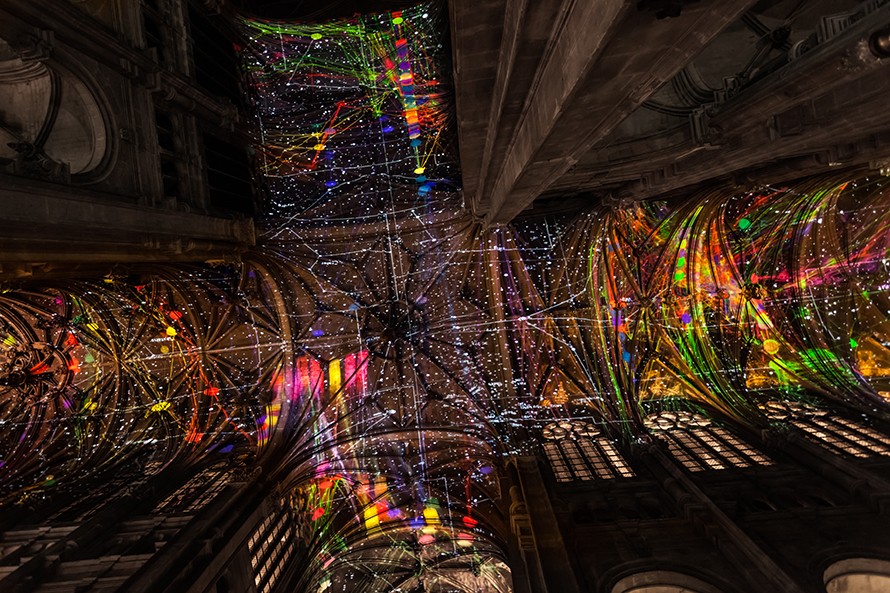
GPI: What is your biggest constraint in the creative process?
Chevalier: In 1980’s, it was nearly impossible to get access to powerful computers in order to create artistic works. All those machines were basically monopolized by scientific laboratories or television networks. Consumer computing simply didn’t exist at all. I could produce only still or animated 2D works on photographic media or record my work on magnetic tape. The appearance of microcomputing in the late 1980s allowed me, little by little, to have some equipment of my own at home and thus to create simple programs on my own.
Now the other constraint is financing the research and softwares developed by programmers for the artworks as well as the acquisition of equipment to present the works which are sometimes expensive (screens, video projectors, computers, leds, etc.).
Indeed , the great difficulty of working with computers is that these techniques are evolving all the time. I realized that I couldn’t continue to work any longer alone. That is why I am surrounded by a team of specialists with technical skills. For example, for Fractal Flowers, I asked Cyrille Henry to develop the software. It took two years for the development and the test of a software. I collaborate with Nicolas Gaudelet/ Voxels Productions who is the interface between my artistic ideas and adapting software. It’s like in the past with artists’ studios as Rubens, which had more than twenty people working on these artworks.
One last constraint is to make the digital works last and sustain and to develop them according with the new technologies.
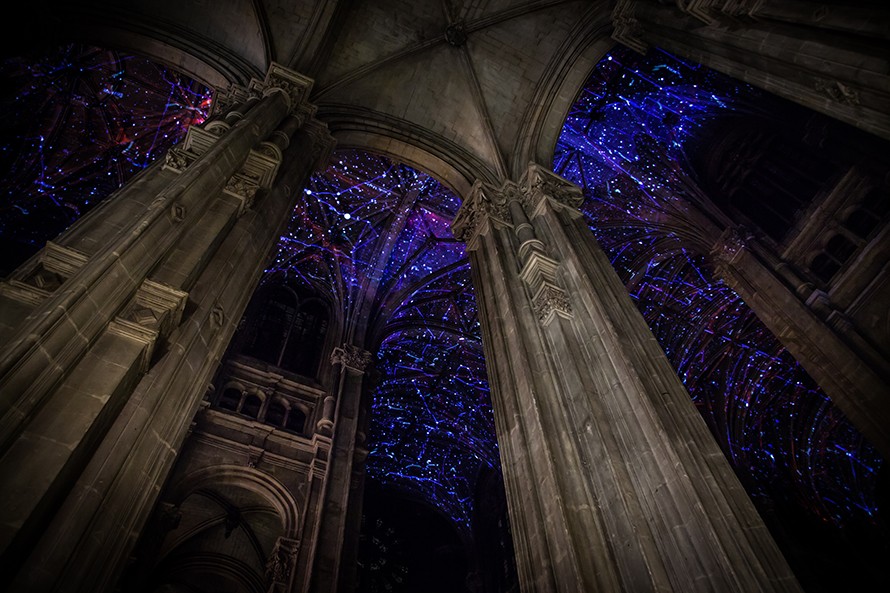
GPI: What would your 5 year old former self say about your work now? And what do you hope your future 90 year old self will say about your current work?
Chevalier: My 5 year old former would say about my current work that I had the opportunity to create really unbelievable installations in sumptuous heritage areas like King’s College Chapel in Cambridge and that I was on the right track by exploring immersive and multi sensorial installations.
At 90 year old I hope to say that digital art is now considered as a legitimate art and thanks to my art works I would have participated in this appreciation which was at its beginning when I started my art. I would be under the impression to have been in tune with my time creating a new poetry and universe able to lift emotions.
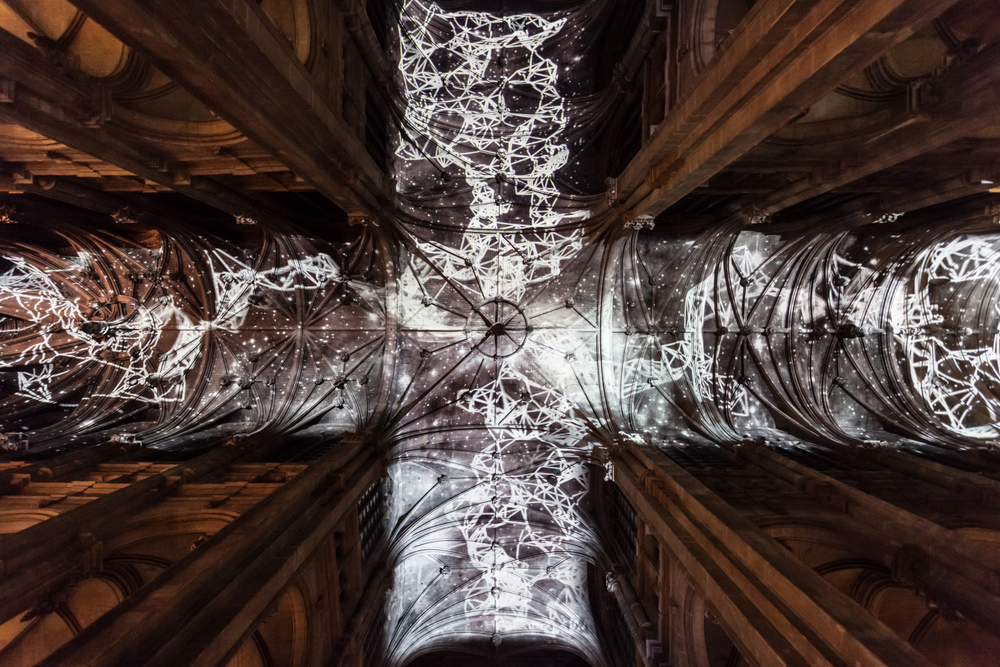
GPI: What other maker would you most like to collaborate with?
Chevalier: I would like one day to imagine a specific installation with Marc Fornes that creates complex structures both architectural and monumental sculptures. He works from simple geometric forms, which it decomposes using 3D modeling software, on which he intervenes directly by modifying their programming to design new shapes. These creations are then assembled with one another using rivets, following a complex pattern.
For Marc Fornes, each project has an experimental dimension that allows it to advance in its research and push the boundaries of digital production, resistance of materials, the notion of equilibrium, to non-standard and spectacular in which I can imagine an immersive virtual reality installation. It would be a beautiful collaboration.
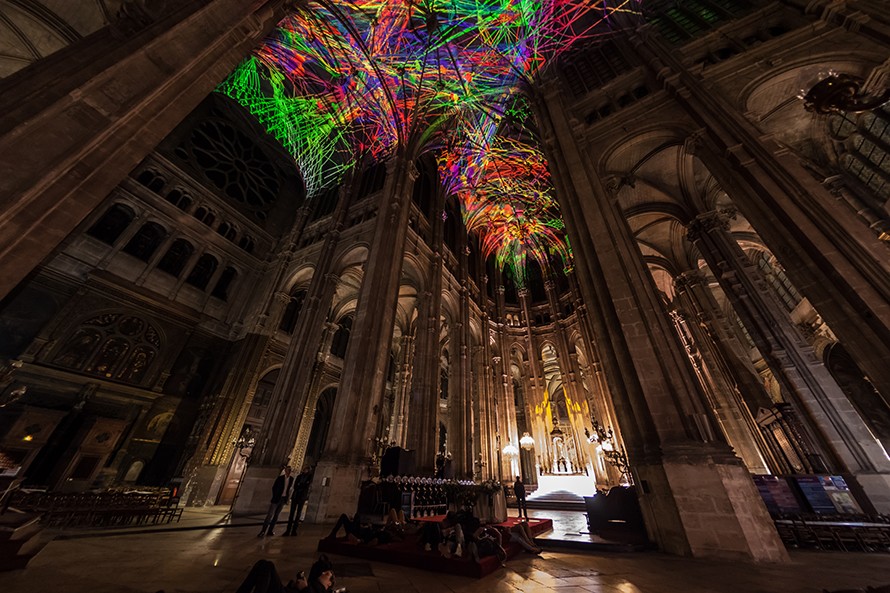
GPI: What do you think the future of creation/creativity holds (for you, and the artistic world as a whole)?
Chevalier: I think that 3D printers is a revolutionary process that should drastically alter the world of sculpture, of industry and of our everyday life.
It has been several years I am interested in 3D printing. 3D printing allows me to materialize my virtual-reality artworks. With my virtual artwork Fractal Flowers for example, I can stop flowers at any time during their growth in order to obtain a 3D file which allows me to “print” small sculptures in resin, by powder sintering with 3D printers. A new virtual aesthetic, which mixes pixels with materials and abolishes the borders between real and virtual, is just being born. The artist here is a sculptor of the virtual.
GPI: What does your work space look like right now? Send us a selfie of you in your creative arena!
Chevalier: My work environment looks like a curiosity cabinet with a lot of objects (exotic plants, fossil, optical illusion toys etc.) found during my travels, that are inspirations. My studio is also a sort of laboratory where I experiment my new installations thanks to a large screen projection curve setup.
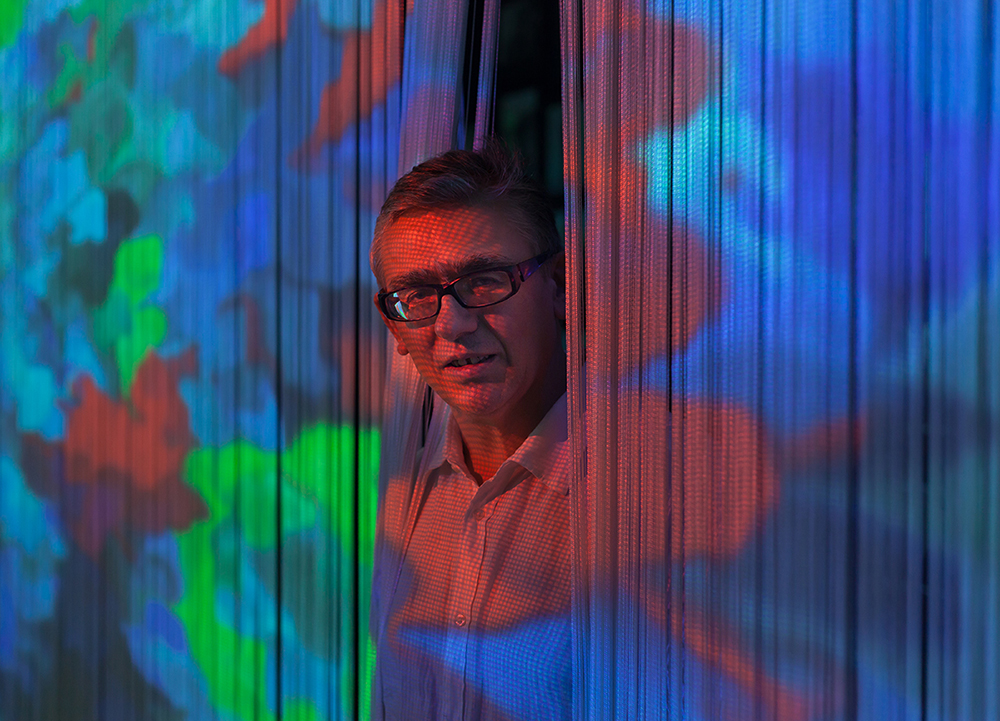
______
Many thanks to Miguel Chevalier for his experience and insight of his works of art. We would like to thank all of our Meet the Makers for participating in this year’s blog series, it has truly been an inspiration that has us redefining what it means to create. Stay tuned for new blog series coming soon.
View this maker’s work: http://www.miguel-chevalier.com/
Voûtes Célestes 2016, Miguel Chevalier
Generative and interactive virtual-reality installation
Nuit Blanche, Saint-Eustache Church, Paris (France)
Softwares: Cyrille Henry and Antoine Villeret
Technical production: Voxels Productions

